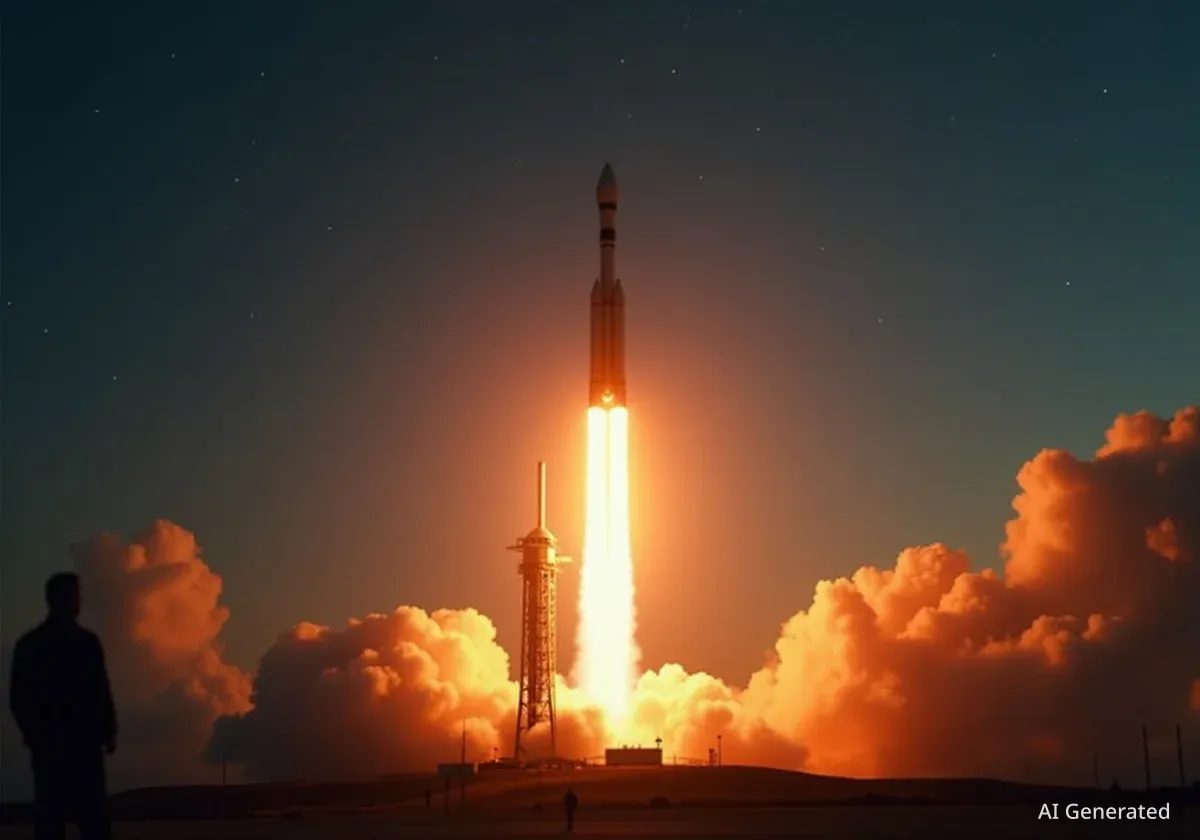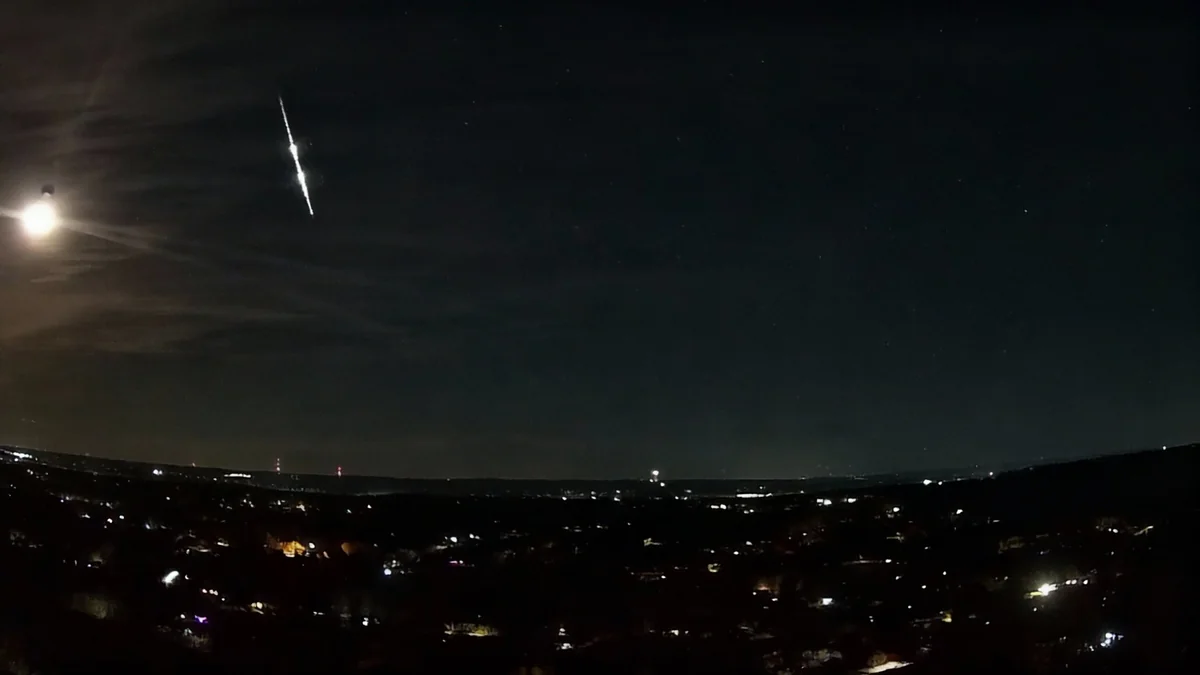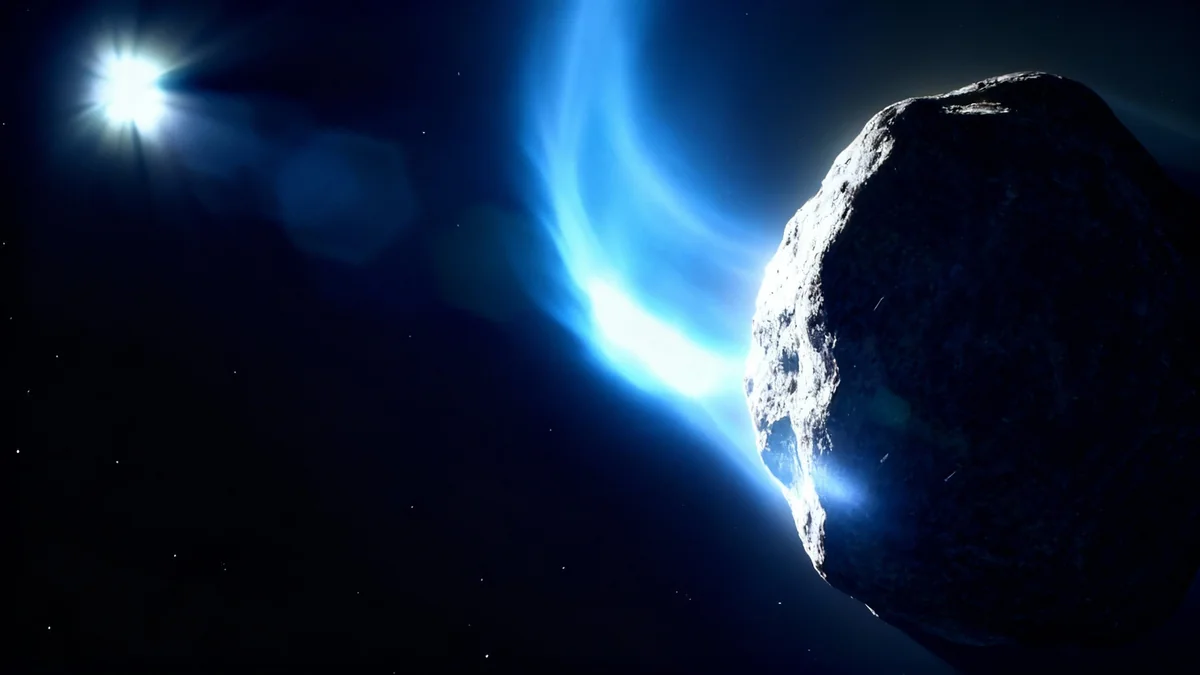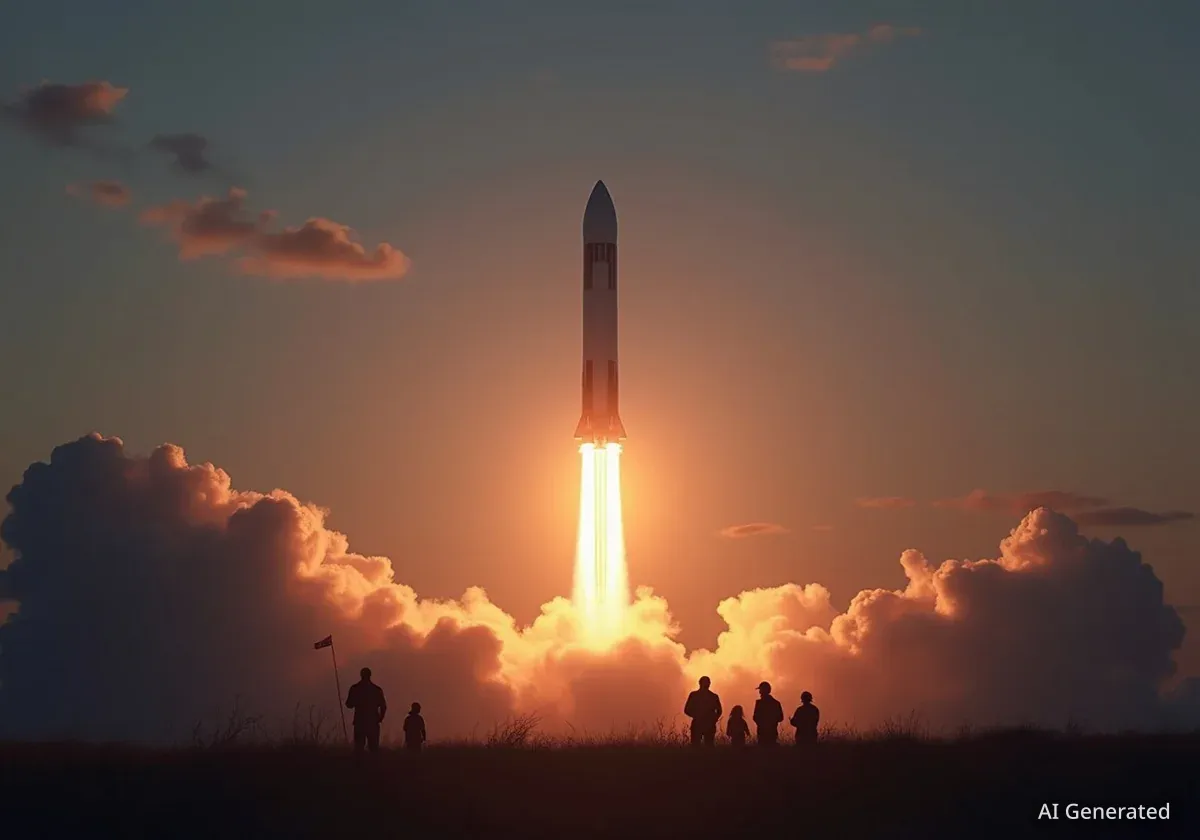A Princeton University-led mission, the Interstellar Mapping and Acceleration Probe (IMAP), successfully launched from Kennedy Space Center in Florida on September 24. Carried aboard a SpaceX Falcon 9 rocket, the spacecraft is designed to provide new insights into the heliosphere, the protective magnetic bubble created by the sun that surrounds our solar system.
The launch occurred at 7:30 a.m., just after sunrise, marking the beginning of a multi-year journey to study the solar wind and its interaction with interstellar space. The mission aims to enhance our understanding of space weather, which can impact technology on and around Earth.
Key Takeaways
- The IMAP mission, led by Princeton University, launched on a SpaceX Falcon 9 rocket on September 24.
- Its primary goal is to study the heliosphere, the solar wind, and the acceleration of energetic particles from the sun.
- The spacecraft carries 10 scientific instruments, including one built on the Princeton campus.
- IMAP will travel to a stable orbit one million miles from Earth to conduct its observations.
A Collaborative Mission Begins its Journey
The IMAP mission represents a significant collaboration involving numerous institutions. The project includes 82 U.S. partners across 35 states, along with international contributions from the United Kingdom, Poland, Switzerland, Germany, and Japan. This extensive network underscores the global importance of understanding our solar neighborhood.
Leading the mission is David McComas, a professor of astrophysical sciences at Princeton University. He expressed his excitement following the successful launch, focusing on the future scientific discoveries.
"It was an incredible launch and the mission’s just the beginning," said McComas. "Now that the spacecraft is in space and we’re turning on the spacecraft and instrument, what’s most exciting is all the great science we have yet to discover."
McComas noted that while the team has planned scientific objectives, unexpected findings are often the most thrilling part of any space mission. He is currently on sabbatical and will oversee the instrument activation process from the Laboratory for Atmospheric and Space Physics at the University of Colorado-Boulder.
The Science Behind IMAP's Instruments
IMAP is equipped with a suite of 10 advanced instruments designed to collect comprehensive data. These tools will measure the particles that make up the solar wind and those originating from interstellar space. The mission aims to create a complete picture of the heliosphere's structure and the processes that occur within it.
What is the Heliosphere?
The heliosphere is a vast bubble of plasma created by the sun's solar wind. It extends far beyond the orbits of the planets and acts as a cosmic shield, protecting the solar system from a significant amount of harmful galactic cosmic radiation. Understanding its boundaries and dynamics is crucial for space exploration.
One of the key instruments, the Solar Wind and Pickup Ion (SWAPI) detector, was constructed directly on the Princeton campus. Jamie Rankin, a research scholar and lecturer at Princeton, serves as the instrument lead for SWAPI.
"I’m feeling relieved, thrilled, excited, and awed," Rankin stated after the launch. She described the unique experience of seeing an image of the SWAPI instrument in space, captured by the SpaceX feed just before the spacecraft's deployment.
SWAPI Instrument Prepares for Operation
Rankin explained that the SWAPI instrument will be fully operational in approximately six weeks. Its function is to monitor the solar wind, which travels at about one million miles per hour, and to study its interaction with particles from interstellar space, known as pickup ions.
While McComas oversees the mission from Colorado, Rankin has returned to Princeton. She is currently teaching McComas's Space Physics Laboratory class, providing undergraduates with hands-on experience in developing NASA flight hardware.
A Shared Ride into Space
The SpaceX Falcon 9 rocket that carried IMAP was not dedicated to a single mission. It also deployed two other important spacecraft, creating a multi-mission launch focused on space weather and solar observation.
The additional payloads included:
- Carruthers Geocorona Observatory: Another NASA mission designed for space observation.
- Space Weather Follow-On-Lagrange 1 (SWFO-L1): A mission for the National Oceanic and Atmospheric Administration (NOAA).
All three spacecraft are designed to study the solar wind and its effects. According to a NASA press release, this shared launch significantly advances the nation's ability to monitor and predict space weather events.
"This successful launch advances the space weather readiness of our nation to better protect our satellites, interplanetary missions, and space-faring astronauts from the dangers of space weather throughout the solar system," said acting NAS Administrator Sean Duffy.
IMAP's Strategic Orbital Position
Over the next few months, the IMAP spacecraft will travel towards the sun, eventually settling into a stable orbit about one million miles from Earth. This location, known as the first Lagrange point (L1), is a point where the gravitational pull of the Earth and the sun are balanced. This allows a spacecraft to maintain a fixed position relative to both bodies, making it an ideal vantage point for continuous solar observation.
From this orbit, IMAP will investigate the outer boundary of the heliosphere. It will collect and analyze particles from the solar wind as they travel outward from the sun and particles that return from the edge of the solar system's protective shield.
"We’ll see the whole life cycle of these articles," McComas explained. "It’s a really incredibly exciting mission, where we’re able to do the entire life cycle of these particles, and understand, I think for the first time, the holistic view of how this region of space around us, our solar neighborhood, really works."
The data gathered by IMAP is expected to provide a foundational new understanding of our solar system's environment and better prepare humanity for future exploration missions to the moon, Mars, and beyond.





